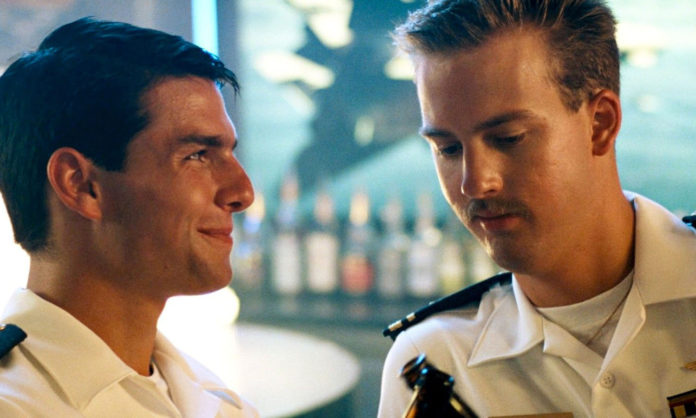In a post on the Stage 32 blog, Lewis Ritter says that you should never skimp on secondary characters. “However interesting the main character might be, he or she is not friendless,” Ritter says. “They don’t exist in a vacuum; they need secondary or supporting characters to react to their problems and provide opposition or emotional support. Many times, the secondary characters will have issues or struggles of their own that will create subplots that will affect the main character.”
Supporting characters often have a subplot that conflicts or contrasts with your protagonist’s development. One might fail where the other succeeds, or the success of one encourages change in the other. “It will provide numerous moments of internal reflection and an emotional pathway forward for your main character,” Ritter writes. “Their purpose is to interact in a way that creates challengers and push ahead to resolve the story.”
Your secondary characters should also be important to your main plot. “Secondary characters help the main character see multiple perspective in the world,” Ritter says. “It helps them with their struggles and helps develop them as characters. They also provide multiple viewpoints to influence the main character and provide different paths for development within the main story.”












